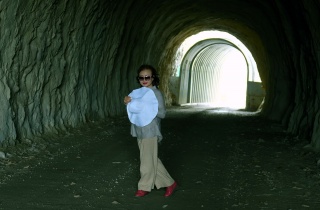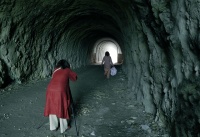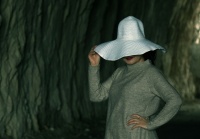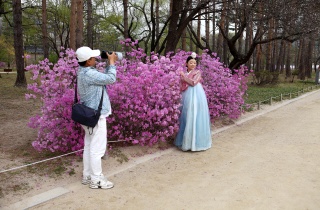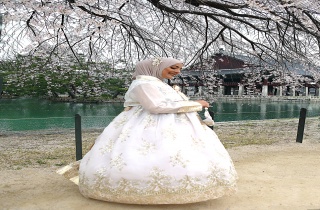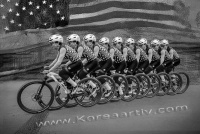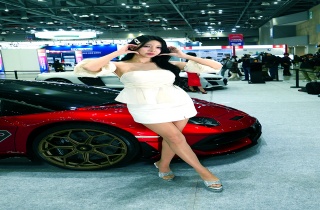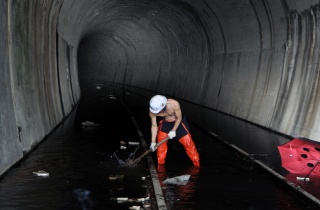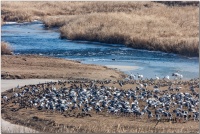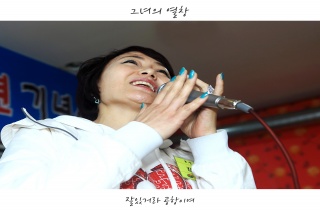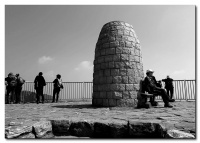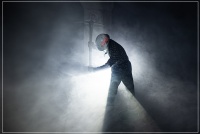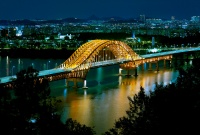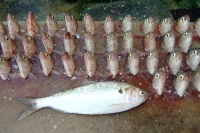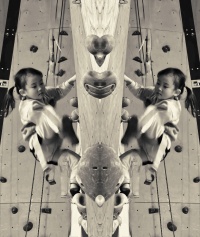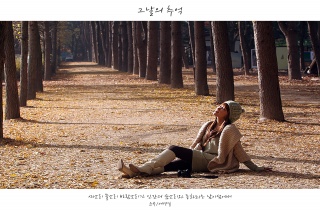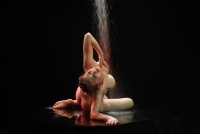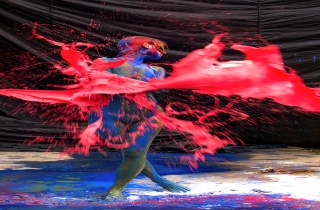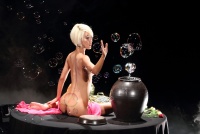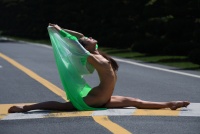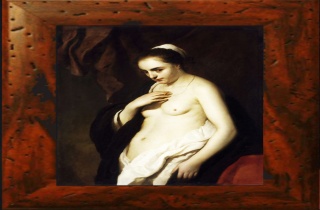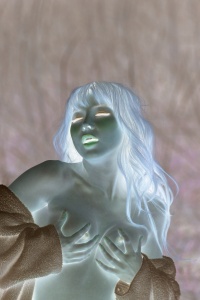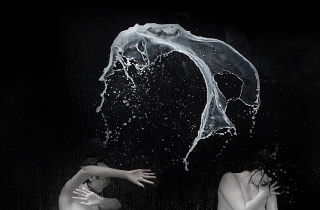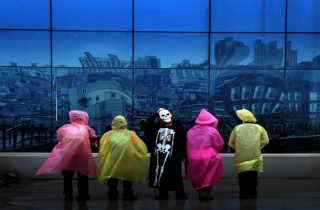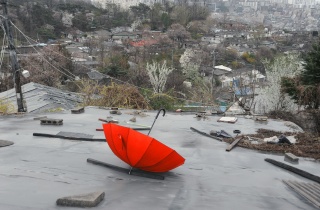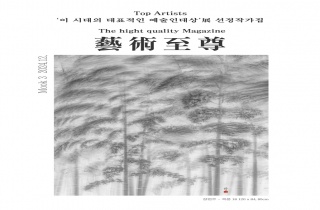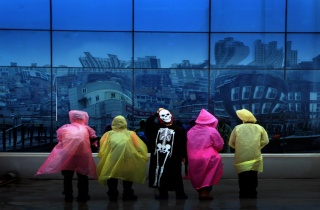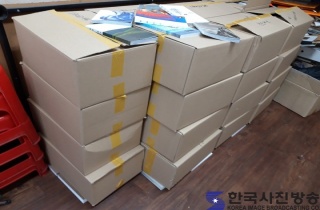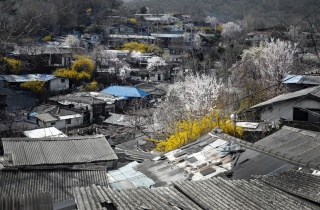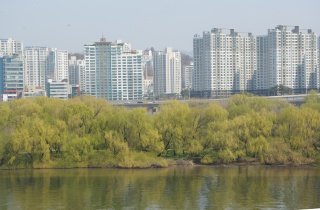예술의 전당 갤러리 세븐에서 오는 5월 23일(일)열리는 한중일 현대사진전 한국참가작들의 사진을 기획자인 오영민 박사님의 설명글(전문)과 함께 소개합니다. 이어서 한국과 중국참가 작품도 함께 소개 하겠습니다.
<방관자의 공연> 한 중 일 현대사진전
Performance by Onlookers –Contemporary Korean, Chinese, and Japanese Photographs
․ 주최: 예술의전당 갤러리 세븐
․ 주관: art agency AN
․ 기간: 2011. 5. 4(금) ~ 5. 23(일) 20일간
․ 기획: 강철(서울포토 디렉터), 오영민(북경중앙미술학원 교수)
․ 후원: 하나은행, 캐논
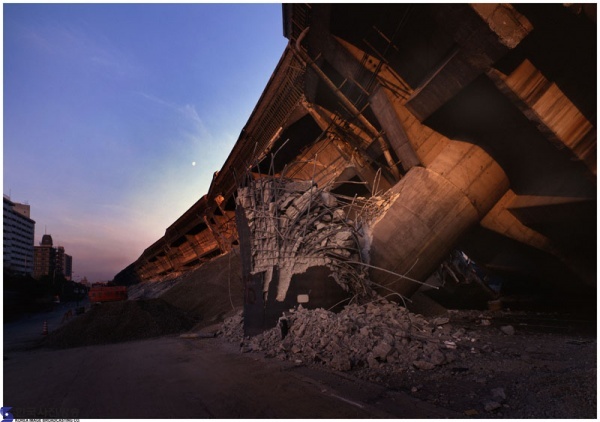
© Alao YOKOGI, “The Great Hanshin Earthquake, Hanshin Expressway, Kobe, 1995.1.20”, H32.9 x W48.3cm, Digital Archival Print, 1995
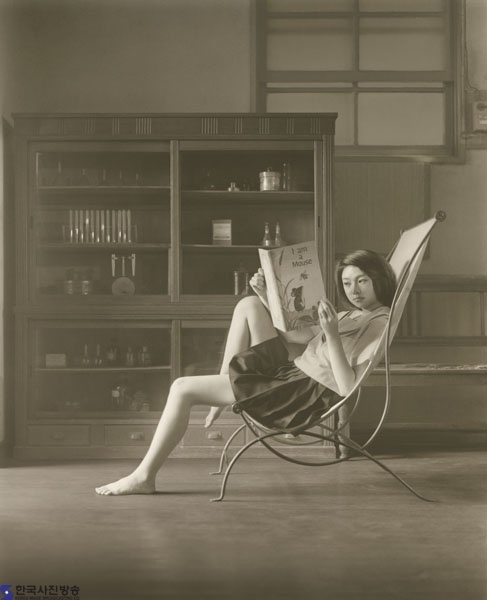
© Hisaji HARA, A study of the “Katia Reading”, H28 x W22.7cm, Digital Archival Print, 2009
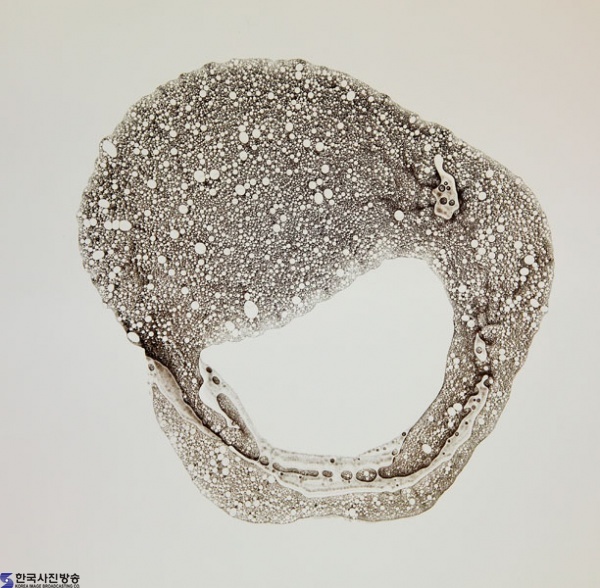
© Kiyotaka MOROOKA, “Title(Untitled)”, H32.4 x W48.3cm, Archival Pigment Print, 2009
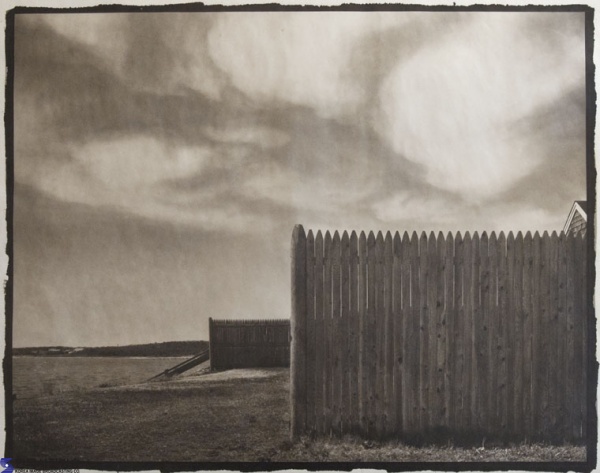
© Koichiro KURITA, “Wood Fence cape cod MA., Trace”, H61 x W76.2cm, Platinum Palladium Print, 1991
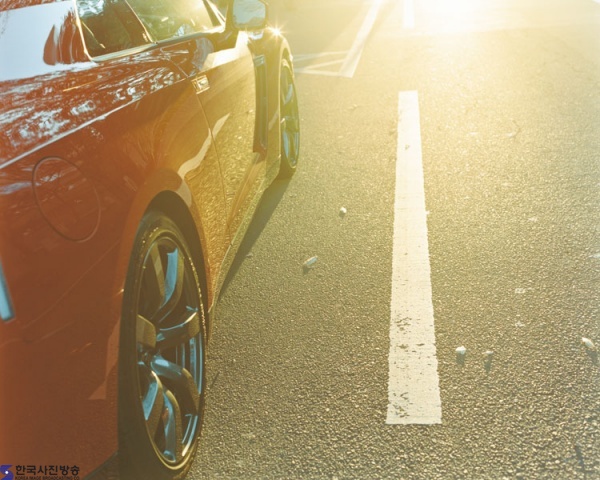
© Masafumi SANAI, "sekisha (red car)", H35.6 x W43.2cm, Type C Print, 2009
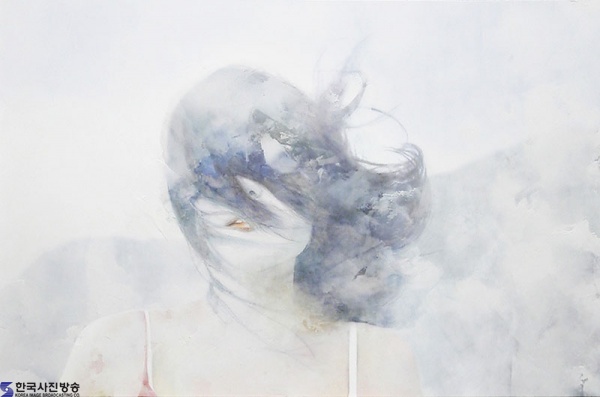
© Mizuki MUKAIYAMA, “Sound of the sea”, H36 x W54cm, Acrylic on Digital Archival Print, 2010
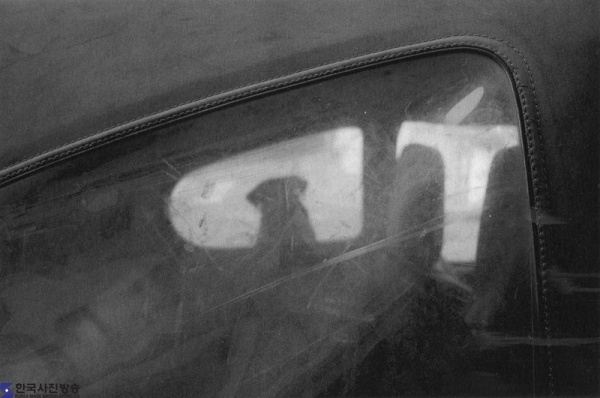
© Tomio Seike, “Untitled, Prague, March, 2010”, H29.7 x W42cm, Digital Archival Print, 2010
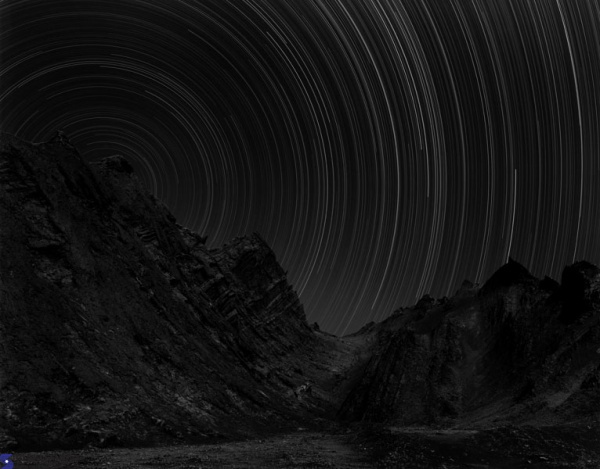
© Taishi HIROKAWA, “Timescapes #44 May. 3-4, 2000 Valle de la Luna, Atacama, Chile toward south-southwest, Timescapes”, H44 x W55.3cm, Gelatin Silver Print, 2000
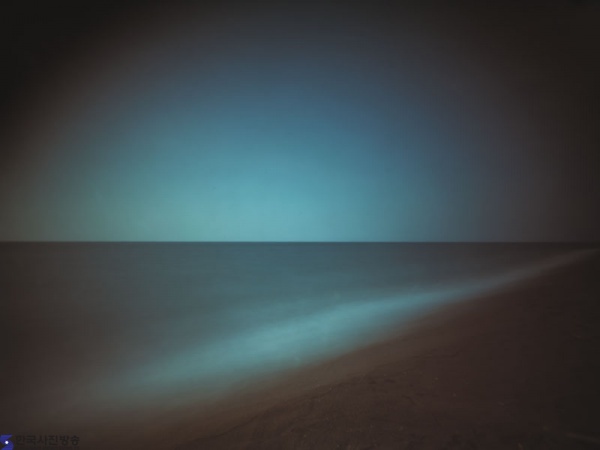
© Yasu SUZUKA, “Wind Mandala - Seas around Japan, Kashiwazaki”, H110 x W138cm, Archival Pigment Print, 1998

© Yasumasa Morimura, M’s Self-portrait No.14, H35.6 x W27.9cm, Gelatine Silver Print, 1995
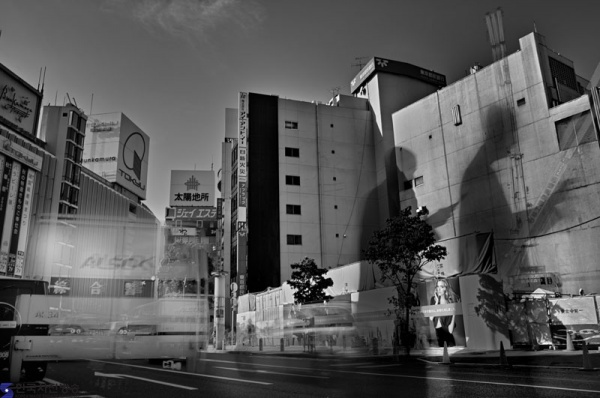
© Yukinori TOKORO, “Armored car and a man, One second, Shibuya”, H37.9 x W57.3cm, Archival Pigment Print, 2008
글/ 오영민(중국중앙미술학원 교수, fineart1107@hotmail.com)
우리가 흔히 말하는 일상생활은 귀납 종합할 수 없는 미세한 조각들의 시리즈가 아닌 강한 힘을 가진 권력체계의 창조물이다. 전설, 서적, 방송, 신문, 잡지, TV, 영화와 인터넷등 각종각양의 대중매체는 우리 앞에 거대하고 복잡 미묘하게 엮긴 정보망을 펼쳐 보인다. 이런 정보망은 무척 친절하고 리얼하여 우리로 하여금 그들이 우리에게 보여준 것, 그들이 우리에게 제공한 것, 우리주위의 세계 그 자체를 믿게 만든다. 이런 환각 중 우린 조금의 의심할 여지없이 이 세계의 창조자이자 참여자라고 여긴다.
그러나 우리가 이런 각종의 매체를 통해 본 것들이 우리의 생활 혹은 세계본질이라고 인식할 수는 없을 것이며, 선택되어진, 피동의 혹은 다시 재편성된 생활과 세계일뿐인 것이다. 이런 모든 매체는 문자와 영상의 배열 조합을 통해 우리를 대신하여 현재 진행 중인 이 세계를 인정하고 이해하며, 심지어 이 세계에 대한 우리의 태도와 정서를 제조하고 생산해 낸다. 이렇게 본다면 우리는 근본적으로 어떠한 세계의 창조자도 참여자도 아니며 쇼파에 방치된 정신을 집중하고 있는 혹은 감정을 몰입하고 있는 방관자일 뿐이다.
그러나 어떠한 이들은 매체에 의해 문자화 영상화된 세계에 대해 의심하기 시작하고 쇼파에서 일어나 다시 새롭게 응시하고 완전히 다른 세계를 발현한다. 그들은 우리들에 의해 ‘예술가’라고 불리는 이들이다. 그들과 우리는 동일한 이 세계의 방관자이다. 하지만 그들은 의심, 반성과 발현의 안목을 가지고 있다. 이런 안목은 그들을 이 세계에서 방관자 중의 공연자가 될 수 있게 만든다.
이번 전시는 이런 방관자 중 공연자의 무대이다. 전시되는 이 작품들은 방관자 중 공연자의 연출이라 보면 될 것이다. 한, 중, 일에서 온 예술가들은 시각화된 언어를 통해 우리들에게 이 세계를 이해하고 인정하는 또 다른 각도와 루트를 제공한다. 동시에 우리에게 동아시아 문화권에 속한 특유한 생활경험과 정신상태를 보여준다. 이런 시각세계는 아마도 우리의 일상경험과 차별화 되어 있지만 지역문화의 특수 표정으로써 보다 더 진실되고 솔직한 그림으로 우리에게 다가올 것이다.
2000년 이후의 한국사진은 현대미술, 미학, 문화와 디지털 테크놀로지로부터 강력한 영향을 받으며 미술로서의 사진이 등장한다. 일본사진 역시 현대문명의 산물인 애니메이션, 만화, 게임의 영향으로 특유한 표현방식을 이용해 제작한 현대사진이 등장하게 된다. 중국의 경우 행위예술을 기록하기 위한 목적으로 사진을 채택하면서 현대사진이 등장하고 행위예술 기록에 있어 시각적 효과를 더욱 강조하기도 하며 인위적으로 설정한 시 공간적 요소를 삽입하여 새로운 현실로 재창조 한 후 사진이란 매개체로 그들을 담고 있다. 이런 각색의 경험과 영향아래 삼국의 예술가들은 방관자 중의 공연자로써 사회, 역사, 문화등 세계를 이해하고 재해석하며, 우린 그들의 이런 다양한 모습을 통해 새로운 시각과 메시지를 전달받는다.
Performance by Onlookers –Contemporary Korean, Chinese, and Japanese Photographs
Oh Young-min(Professor of China Central Academy of Fine Arts)
Everyday life is not mere un-synthesized and minute fragments but a creation of a power system with a great strength. A wide variety of media such as books, broadcasting, newspapers, magazines, movies, and the Internet, form an enormous interwoven information network. This network is so real and kind it makes us believe what it shows us, what it provides, as the world surrounding us, and we become creators of and participants in this world. However, what we see here is not essence of our life and the world. These are simply a passively chosen, reorganized life and world, where we form an attitude and emotions.
In this world we are basically onlookers immersed in our spirit and emotions. But some are suspicious of thisworld represented by the media. They embrace a different world. They are those whom we call artists. Like us they are onlookers on the world, but have eyes for reflection and manifestation, and can become performers among the onlookers. Works exhibited are made by these performers. Artists from Korea, China and Japan offer diverse routes to recognize the world through visual language. They also demonstrate life experiences and spiritual conditions of the East Asian cultural zone. The visual world they present remains distinguishable from our daily experience, but appearsmore truthful and candid as a special local culture.
Profoundly influenced by contemporary art, aesthetics, culture, and digital technology, Korean photography since 2000 has been regarded as a fine art genre. Under the influence of animation, cartoon, and gaming, contemporary Japanese photography, produced through unique expressive methods, has also emerged. Contemporary Chinese photography appeared as a means to record performing arts, with emphasis on visual effect. Artificial elements are inserted into such performances to recreate a new reality, encapsulated by photography. Through this artists from the three nations understand and reinterpret society, history, and culture as performers among the onlookers. We are conveyed to diverse standpoints and messages from their various points of view.

